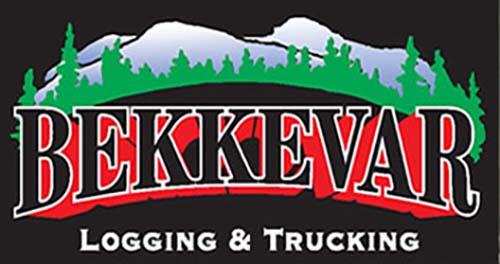Timber Management: A Sustainable Practice
Wood is one of nature’s most abundant and renewable resources, and when managed properly, forests can provide an endless supply of timber and other products for generations. With more than eight billion acres of forest worldwide—covering nearly a quarter of the earth’s surface—wood is one of the most versatile and sustainable materials we have.
Here are some key facts about logging and sustainable forestry:
- Global Timber Resources: Forests cover about one-third of the United States, equaling 731 million acres.
- Protected Forests: Approximately one-third of America’s forests are preserved in national parks, wilderness areas, and other protected zones, totaling 245 million acres.
- Private Land Ownership: Around 57% of commercial forest land in the U.S. is privately owned, contributing to sustainable management practices.
- Regeneration: In 1991 alone, the forest industry planted more than 2.7 billion seedlings—that’s more than 10 trees for every person in America.
- Wood Consumption: The average American uses wood and paper products equivalent to what can be produced from one 100-foot, 18-inch tree every year.
Wood: Nature’s Renewable Resource
One of the most remarkable characteristics of wood is its ability to renew itself naturally. Forests are not “mines” to be depleted, but rather crops that require careful management to thrive. By harvesting trees sustainably, we can ensure that our forests remain healthy and productive.
- Carbon & Oxygen Cycle: Trees absorb carbon dioxide and release oxygen, making forests vital for the planet’s health and our very survival.
- Recycling & Replanting: After trees are harvested, they are often replaced by new seedlings, ensuring the continuity of the resource for future generations
The Many Uses of Wood
Wood is an incredibly versatile material that goes far beyond construction and furniture. It is used to make thousands of products that we rely on daily, contributing to industries ranging from construction to medicine to entertainment.
Here’s just a glimpse of the many products that come from wood and trees:
- Everyday Items: Paper, toilet paper, plywood, coffee filters, and pencils.
- Building Materials: Lumber, flooring, insulation, and wall panels.
- Furniture & Fixtures: Cabinets, tables, chairs, and musical instruments.
- Consumer Products: Toothpicks, crayons, shoe polish, and luggage.
- Industrial Products: Adhesives, rubber gloves, cork, and charcoal.
- Food & Beverages: Syrup, cider, fruit pie filling, and wine corks.
- Medical & Environmental: Pharmaceuticals, medicines, oil spill control agents, and disinfectants.
A Powerful Resource for the Future
Wood is not only one of the most sustainable resources, but it’s also a material that touches nearly every aspect of our lives. From the paper we read to the houses we live in, wood plays an essential role in our economy, environment, and daily lives.
Through responsible forestry practices, logging can be a renewable, sustainable practice that helps support both local economies and the environment. We can meet the growing demand for wood products without depleting the forests, ensuring that this invaluable resource is available for future generations.
At Bekkevar Logging & Trucking, we are committed to sustainable logging practices that benefit the environment, wildlife, and our community. By employing responsible harvesting techniques, we help maintain the health of the forest while providing valuable products for a wide range of industries. Let us help you meet your land management goals while maintaining the sustainability of our precious forest resources.
